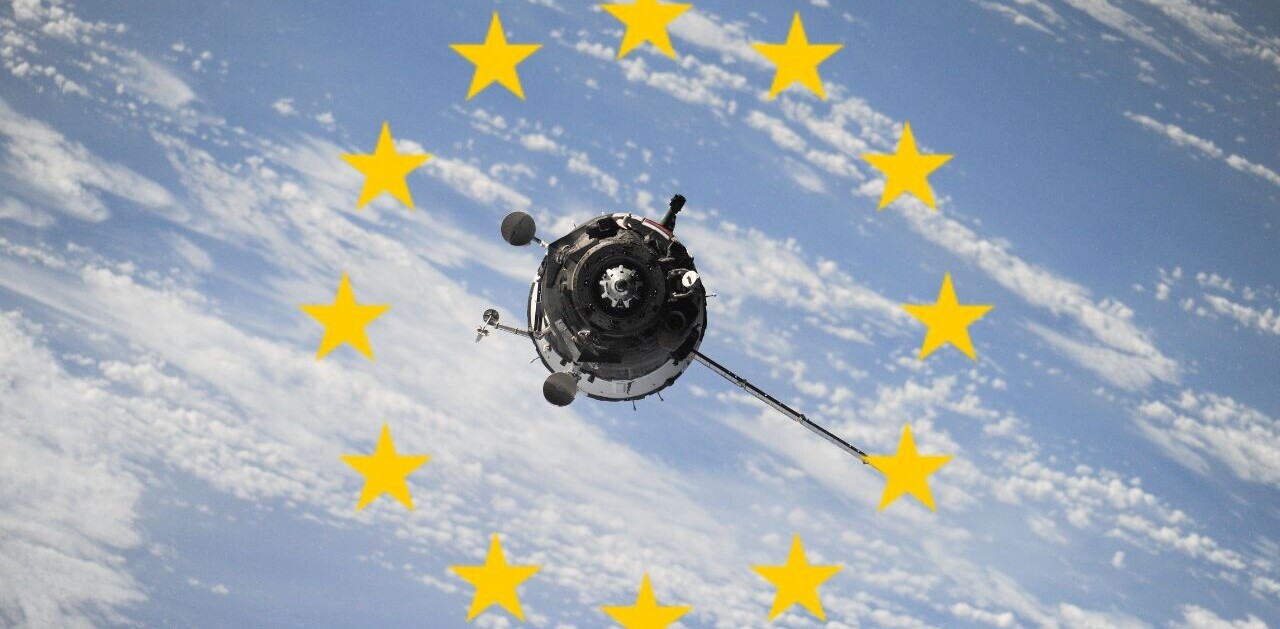
NASA is exploring potential use-cases for blockchain technology in a bid to safeguard the privacy and security of aircraft flight data.
A research paper, published by aero-computer engineer Ronald Reisman this week, explored the viability of a blockchain network and smart contracts to overcome the aforementioned security issues.
Current radar-based air traffic service providers may be able to preserve privacy for military and corporate operations by preventing the public release of information pertaining to selected flights, position, and state data.
However, as of January 1, 2020, the US will have to use a new surveillance system known as Automatic Dependent Surveillance Broadcast (ADS-B), which will make aircraft’s identity, position and information publicly available.
“The design innovation is the use of an open source permissioned blockchain framework to enable aircraft privacy and anonymity while providing a secure and efficient method for communication with Air Traffic Services, Operations Support, or other authorized entities,” the paper reads.
Reisman outlines a prototype – the Aviation Blockchain Infrastructure (ABI) – based on Hyperledger Fabric (one of the projects hosted by The Linux Foundation) and smart contracts, allowing for the control over what data is publicly or privately shared with authorized parties.
As outlined in the research, many blockchain system implementations give members the power to conduct private and confidential transactions while also co-existing with restricted members on the same blockchain-based network.
“Controlling members define one or more channels to isolate peers into subnets and create private ledgers. Each channel’s ledger is only accessible to its member peer nodes. The channel’s organizations (entities) must approve each peer’s membership to the channel. Client requests are routed to a specified channel to run a smart contract that is deployed on that channel. The results are endorsed and verified, and then updated in that channel’s ledger,” the paper continues.
The channels would then be used for completing confidential transactions, meaning that, for example, aircraft state information such as altitude, longitude, and latitude could be kept secure via a private channel.
In contrast, information pertaining to the aircraft’s flight plan information (origin, destination, route of flight) could be made public by publishing it on a channel that’s accessible by all approved members.
NASA also made headlines last year when it gave a professor at University of Akron $330,000 to boost research into how an Ethereum-based blockchain network could automatically detect floating debris in space.
Get the TNW newsletter
Get the most important tech news in your inbox each week.




